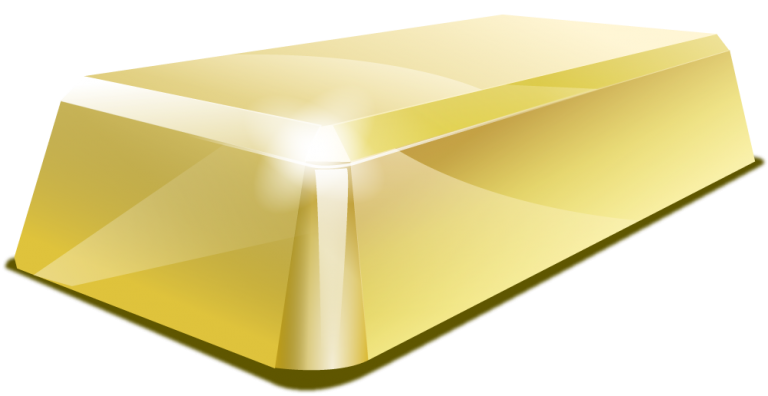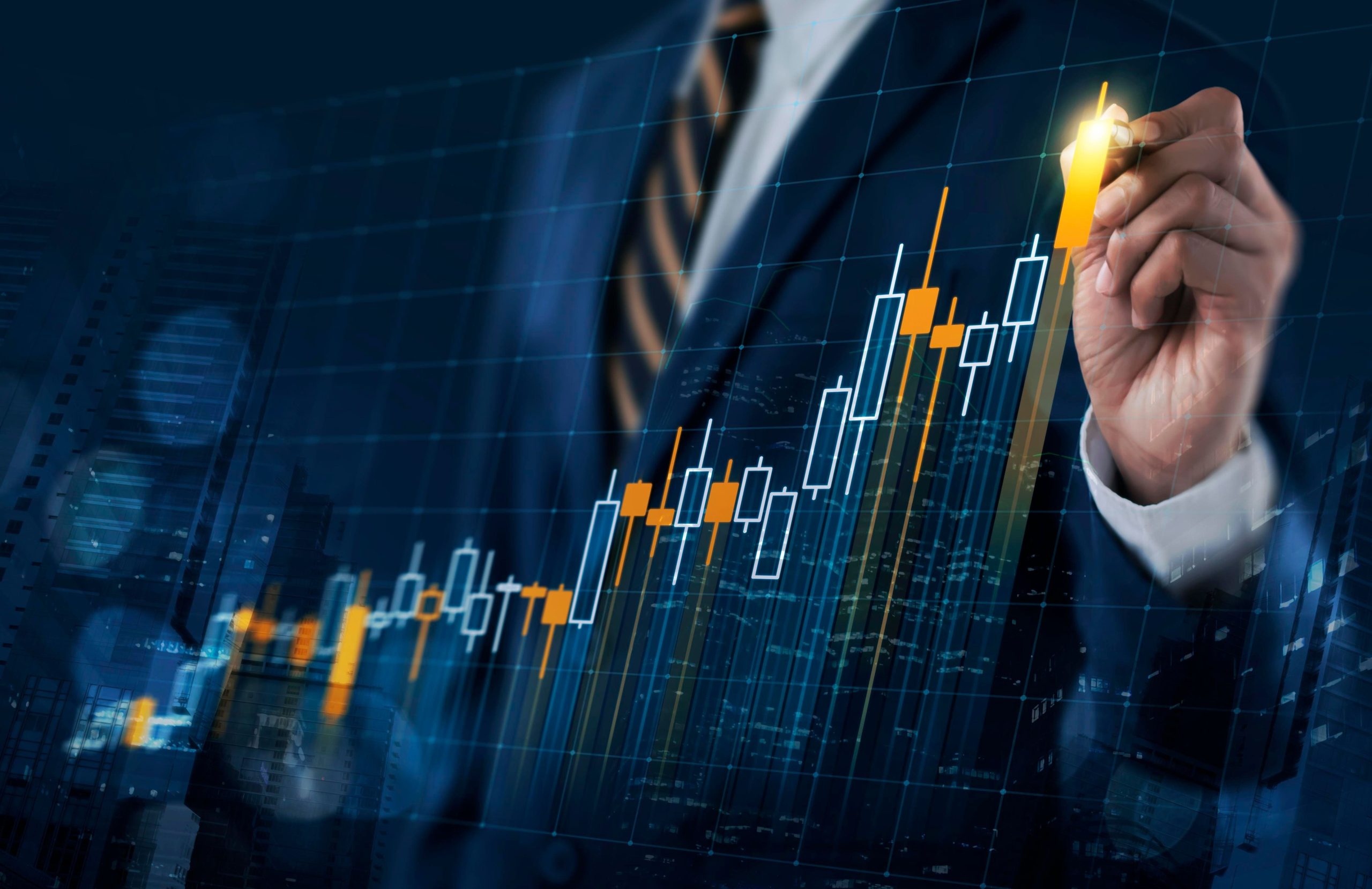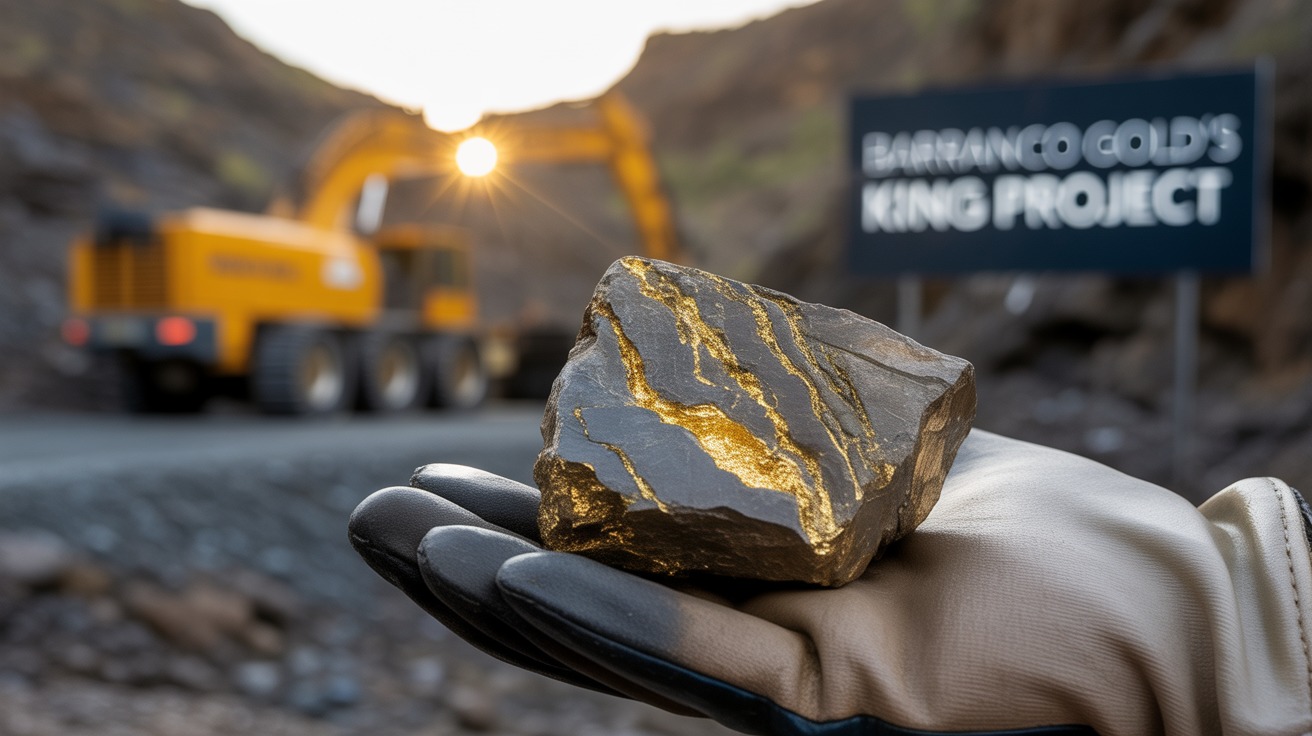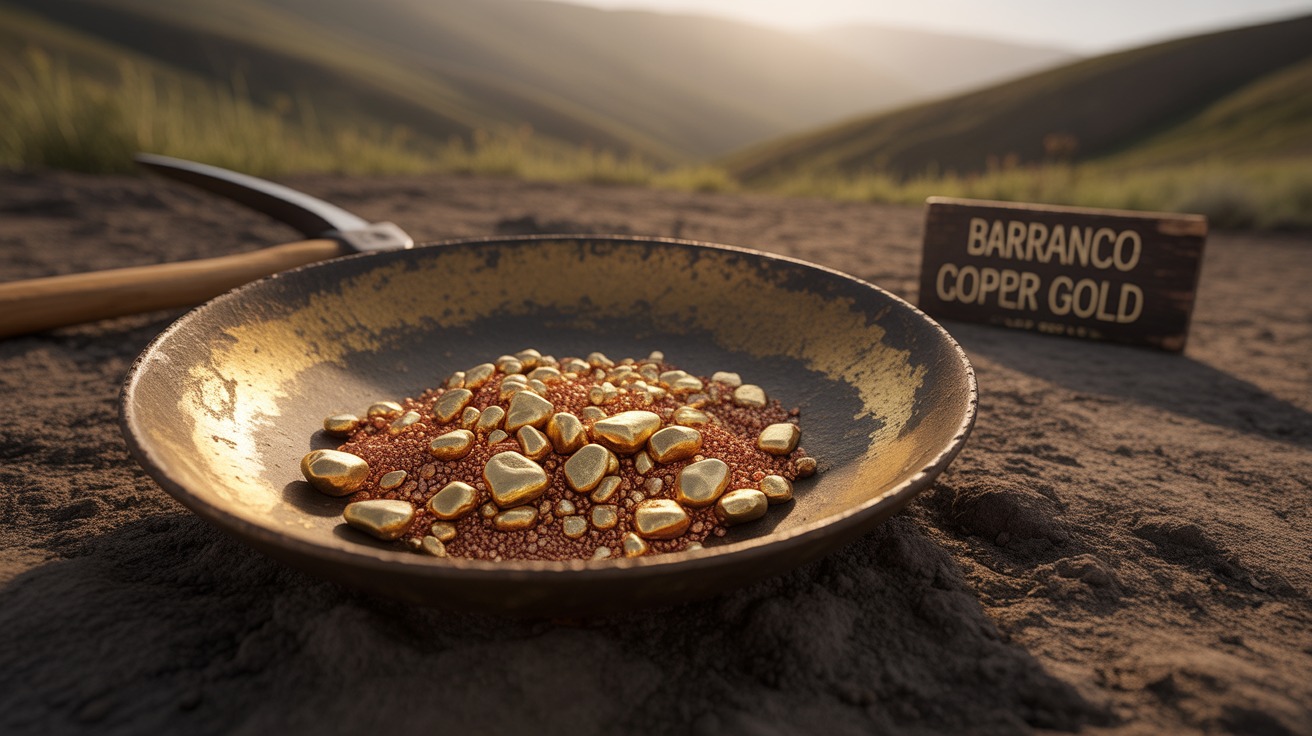When markets turn uncertain, investors look for smart ways to hedge, trade volatility, or amplify their returns. Gold is often a top choice. But while standard gold ETFs track gold’s price movement, many active traders and sophisticated investors look toward a gold leveraged ETF for increased gains. This in-depth guide walks you through everything you need to know about gold investments, including how they work, the difference between 2x and 3x leveraged gold miners ETFs, and how they compare with other gold-related investment options.
What Is a Gold Leveraged ETF?

A leveraged ETF is a type of exchange-traded fund designed to deliver 2x or 3x the daily return of the price of gold or a related index. Unlike regular ETFs that passively track precious metal prices, these funds use leverage through futures contracts, swaps, and derivatives.
These leveraged ETFs are not meant for long-term holding. Instead, they’re ideal for:
- Day traders and active investors
- Short-term momentum plays
- Tactical hedging strategies
How Does a Leveraged Gold ETF Work?
Leveraged ETFs rebalance daily. That means they aim to achieve a multiple of the daily return, not the long-term return, of the underlying asset. This daily reset feature makes them highly sensitive to short-term price fluctuations.
Most leveraged ETFs rely on a combination of:
- Gold futures contracts
- Swaps and options
- Cash instruments
Types of Leveraged Gold ETFs
1. Gold ETFs with Direct Exposure
These track the performance of physical gold with leverage. Examples include:
- Gold ETF leveraged 3x (e.g., Direxion Daily Gold Bull 3X Shares)
- Gold leveraged ETF options that provide amplified exposure without owning gold
2. Leveraged Gold Miners ETFs
Instead of tracking gold itself, these ETFs invest in mining companies. These are more volatile than direct gold ETFs because gold mining stocks are influenced by both gold prices and company performance.
- Leveraged gold miners ETF
- Gold miners ETF leveraged
- 3x leveraged gold miners ETF
3. Inverse Leveraged ETFs
These aim to return the inverse (-2x or -3x) of daily gold performance. They are used by investors betting against short-term gold price gains.
Popular Leveraged Gold ETFs to Know
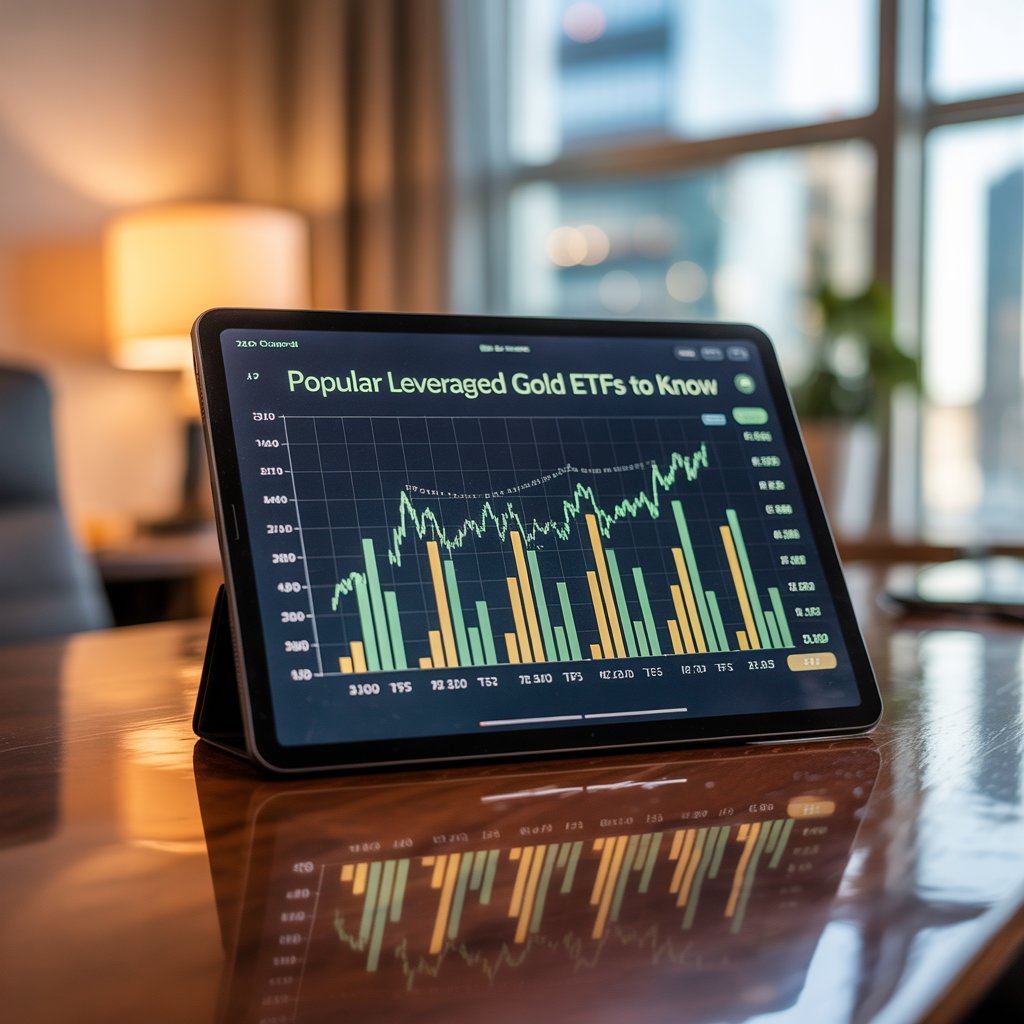
If you’re searching for the best leveraged gold ETF for trading or hedging, here are some of the most well-known options:
1. Direxion Daily Gold Bull 3X Shares (BAR)
- Exposure: 3x daily performance of gold bullion
- Focus: Pure gold price movements
Strategy: Daily leveraged return
2. ProShares Ultra Gold (UGL)
- Exposure: 2x leveraged exposure to gold
- Ticker: UGL
- Best for: Moderate leverage seekers
3. Direxion Daily Gold Miners Index Bull 3X Shares (NUGT)
- Exposure: 3x daily performance of major gold mining companies
- Type: 3x leveraged gold miners ETF
- High Risk, High Reward: Stocks tend to move more than gold
4. Direxion Daily Junior Gold Miners Index Bull 3X Shares (JNUG)
- Exposure: Small-cap gold mining companies
- Use Case: High volatility trades
- Leverage: 3x daily return
Performance Comparison Table
|
ETF Name |
Leverage | Focus | Risk Level |
|
Direxion Gold Bull 3X (BAR) |
3x |
Gold Price |
High |
|
ProShares Ultra Gold (UGL) |
2x |
Gold Price |
Moderate |
|
Direxion Gold Miners 3X (NUGT) |
3x |
Gold Miners |
Very High |
| Direxion Junior. Gold Miners 3X (JNUG) | 3x | Junior Miners |
Extreme |
Should You Invest in a Gold Leveraged ETF?
Gold leveraged ETFs can be a powerful tool in the hands of the right investor. However, it’s crucial to understand how these products behave and when they should be used.
Benefits of Gold Leveraged ETFs
- Quick exposure to large market movements
- No margin requirement, unlike trading gold futures
- Highly liquid, tradable like stocks
- Useful for hedging portfolios against inflation or market stress
Risks of Gold Leveraged ETFs
- Daily Reset & Compounding Risk: Over multiple days, actual returns can deviate from expected performance.
- Increased Volatility: These funds are amplified, so small moves in gold can result in large portfolio swings.
- Expense Ratios: Higher than regular ETFs due to trading costs and derivatives management.
When to Use a Leveraged Gold ETF
- During short-term trends or breakouts
- As a tactical play in a trading strategy
- For hedging, when gold is expected to spike
Not recommended for:
- Long-term holding
- Retirement accounts without active monitoring
- Risk-averse investors
Voice Search Optimization: Quick Answers
- What is a gold ETF?
A gold ETF is a fund that aims to multiply the daily return of gold prices using leverage, often 2x or 3x. - Can I buy a 3x leveraged gold ETF?
Yes, ETFs like Direxion Gold Bull 3X are available on major exchanges. - Is leveraged gold ETF a safe investment?
No. They are designed for short-term trading, not long-term holding.
FAQs
What is the best leveraged gold ETF to invest in?
The best leveraged gold ETF depends on your risk appetite. Direxion (BAR) and ProShares (UGL) are popular among traders for their liquidity and performance.
How does a 3x leveraged gold ETF work?
It attempts to return three times the daily performance of gold. If gold rises 1% in a day, the ETF should rise about 3%. But this resets every day, not over longer periods.
What is the difference between leveraged gold ETFs and leveraged gold miners ETFs?
Leveraged gold ETFs track the price of gold, while leveraged gold miners ETFs track gold-related stocks, which can be more volatile due to business risks and market sentiment.
Are leveraged ETFs good for inflation hedging?
Short-term, yes because gold generally rises during inflation. However, leveraged ETFs are not ideal for holding long-term against inflation due to their compounding risk.
Where can I buy leveraged gold ETFs?
You can buy them on platforms like Robinhood, Fidelity, Schwab, and other online brokers. Look for tickers like BAR, NUGT, UGL, or JNUG.
Conclusion
A gold leveraged ETF is a high-risk, high-reward investment vehicle. If used wisely, especially for short-term market plays or hedges, it can provide substantial returns. However, understanding the risks, fees, and daily reset mechanism is vital before diving in.
Read more about : Best Short Gold ETFs to Watch: Strategies for Smart Investors
